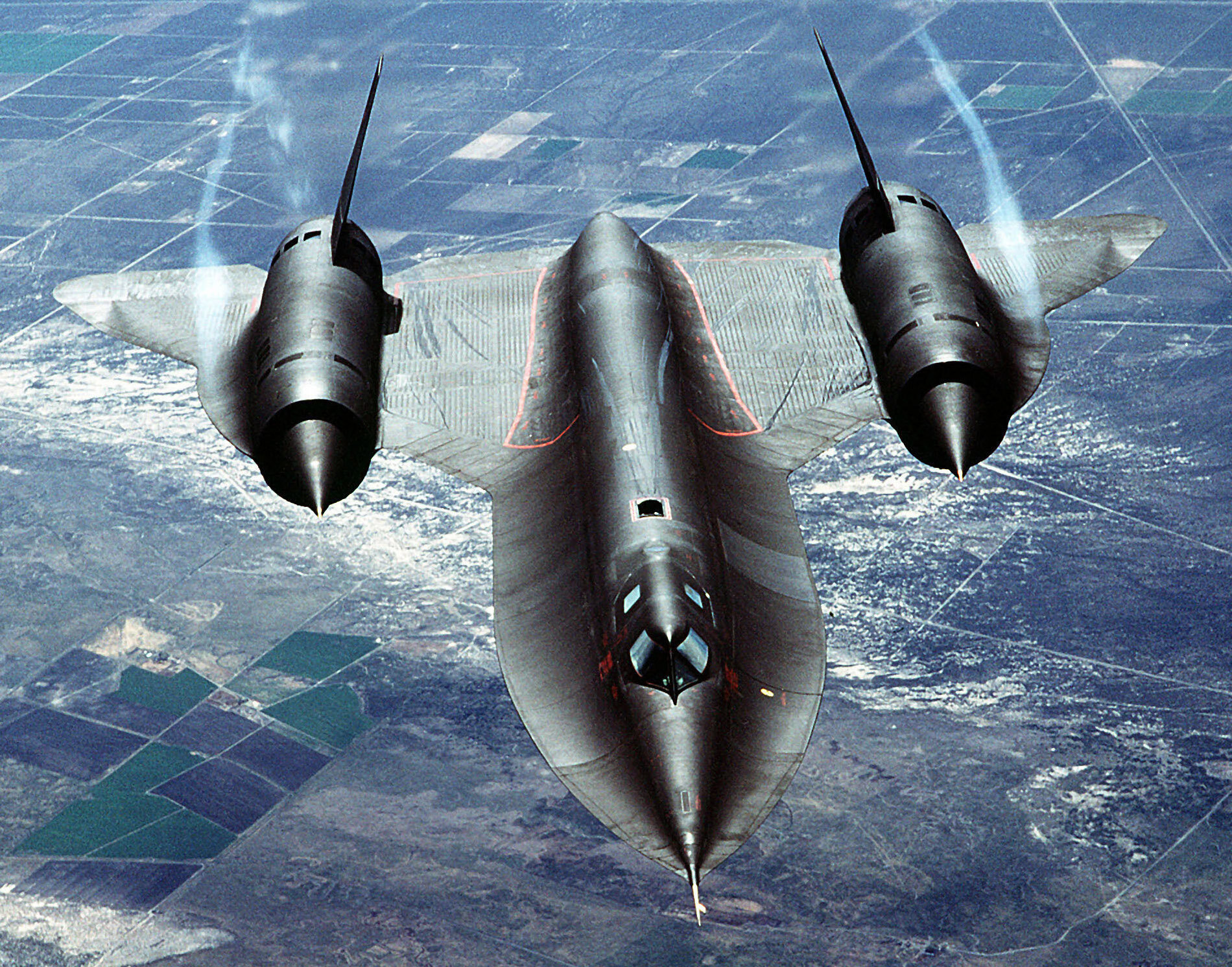Speed: The Life of a Test Pilot and Birth of an American Icon. Bob Gilliland and Keith Dunnavant. Lincoln, NE: Potomac Books, 2021.
The SR-71 Blackbird, with its futuristic appearance and incredible speed, makes appearances in cultural productions as varied as video games and even the X-Men movies. It is arguably the most famous airplane developed in the United States. Yet despite its popularity and historical impact, everyday Americans know little about the development of the SR-71 or the test pilots who helped perfect it. In Speed, the curtain is pulled back—if only a little bit—to reveal the life of the SR-71’s primary test pilot, Bob Gilliland. Written by both himself and Keith Dunnavant, the book shows the ingenuity, bravery, and ambition that drove Gilliland to test a jet decades ahead of his time, and that, in retrospect, was a high water mark of the military-industrial complex.
The book is divided into three parts, along with a short conclusion detailing parts of Gilliland’s life after testing the Blackbird. The book first shows Gilliland’s childhood meticulously explaining his friendly competition with his siblings fed into his ambition, intellect, and fierce independence. Throughout his youth, the book highlights where Gilliland’s life could have taken a different turn; from nearly being denied a place in the Naval Academy to nearly being kicked out for an unfortunate encounter with a commanding officer. While the book points out instances where his mistakes could have cost him dearly, the book also shows how he made his own luck by taking unconventional solutions and by showing an ingenuity that would save his life testing the SR-71. One fantastic example of his perseverance and ingenuity was that he was initially prevented from flying fighter planes because he was 6’3” and the maximum height allowed was 6’0”. Many would have taken these orders and moved on. Gilliland, however, refused to accept this setback, obtaining an exception after persuading a higher-ranking officer that he should be a fighter pilot. I cannot help but notice how Gilliland shares the same qualities of pilots like the late senator John McCain, from thinking on the fly to embracing a maverick attitude towards unnecessary regulations. As the Jet Age began, he started towards a path that would eventually have him touch the edge of space as a test pilot. However, the plane that would take him there was not conceived for at least another decade.
The second, and arguably the weakest, part of the book charts the plane’s development and how Gilliland was brought into Lockheed Martin’s famed Skunk Works division. The book neatly summarizes how Skunk Works came to be as the brainchild of engineer and (in)famous Skunk Works manager Kelly Johnson. Thanks to Johnson’s leadership, Skunk Works became an organization that delivered the first jet fighter for the U.S. Air Force 37 days early: the P-80 Shooting Star. As the Cold War intensified, the need for reliable signals intelligence caused the Central Intelligence Agency to contract Lockheed for a spy plane that became the U-2. The book briefly highlights the U-2’s effectiveness in its penetration of the Iron Curtain and the information it revealed about the supposed “Missile Gap.” However the U-2 had fatal vulnerabilities, Gary Powers was shot down just before Eisenhower’s Vienna summit with Khrushchev. Because of the U-2 incident, the CIA needed an undetectable spy plane that could continue the work of its predecessor—it needed the SR-71.
The book’s examination of the origins of the Jet Age and Skunk Works was accessible. Where the book started to lose me was when it focused on the development of the SR-71 and the A-12. Some aspects of the development, such as how they obtained the titanium for building the prototypes, are understandable, but many aspects of the plane’s development veer into the technical leaving me grasping for understanding. Unfortunately, the flying techniques and issues surrounding the early jets—such as understanding what a dead-stick landing is and why it matters—was confusing given my lack of expertise in engineering and aerospace. This is somewhat puzzling, as the book opens as if it were more for a general audience only for it to veer into technical material that would be more familiar to an engineer, test pilot, or even an acquisition officer. The technical detail does unfortunately take away from the book’s message, though there is no question about the gargantuan effort and detail that went into each jet.
The third part of the book depicts Gilliland’s test flights on the SR-71 and his life after it was tested. We are given the first flight of the SR-71, which wins Gilliland rare praise from Johnson for his flying. Even though the first flight was more to take off and land, you can see the tentative first steps of a jet that would soon highlight American innovation and intelligence. From there the book shows flight after flight where the Blackbird is perfected, as well as the close calls that would have killed Gilliland. As the Blackbird improved, Gilliland engraved his name for posterity as he reached the very edges of space. The author goes on to briefly celebrate the SR-71’s accomplishments before the plane was retired in 1999. The book then jumps ahead to where Gilliland was lauded alongside American heroes in aerospace before being honored on the National Aviation Hall of Fame in 2017.
In many ways, this biography is less a story of Bob Gilliland’s life than it is a period piece illuminating a time when American innovation in defense was at its height. Decades before the issues with Lockheed’s F-35 program, the Blackbird was ahead of its time in stealth, speed and security that provided the United States with an edge the Soviets never matched. Projects by Skunk Works were provided on time and on budget. This occurred during the peak of the military-industrial complex and its edge for innovation. The book briefly alludes to this point with the SR-71, yet it does not take the bold step into developing this thought further, concluding instead on Gilliland’s curtain call. In a sense, it is fitting that the book is celebrating the past instead of calling for the future when the United States is doing the same thing.
Despite its flaws, Speed remains a testament both to the courage of Bob Gilliland and the ingenuity of Skunk Works at its height. Aviation historians and engineers will appreciate the story while the general public can respect a man’s mark on aviation. The book could have improved if it were more accessible to general readers and if it questioned why there hasn’t been a jet that was as groundbreaking since the SR-71. Nevertheless, the book provides a glimpse of the can-do attitude of the military-industrial complex leaving its readers to wonder whether we can once again touch the heavens and push the limits of aerospace as Gilliland did nearly 60 years ago.
Heberto Limas-Villers is a junior fellow at the National Defense Industrial Association and a graduate student at the Harvard Kennedy School. The views expressed are the author’s alone.
The Strategy Bridge is read, respected, and referenced across the worldwide national security community—in conversation, education, and professional and academic discourse.
Thank you for being a part of the The Strategy Bridge community. Together, we can #BuildTheBridge.
Header Image: SR-71 from the 9th Strategic Reconnaissance Wing, Beale AFB, CA 1982 (DVIDS).
Notes:
In format “normal”






